Our Services
We specialize in integrating the principles of science conservation and cultural heritage restoration with the historical and cultural significance of the works entrusted to us by our public and private clients.
Assesments
Identification of deterioration pathologies in works of art, such as easel paintings, murals, sculptures, altarpieces, polychrome ceilings, and others, is accomplished through a visual diagnosis. If the observations made necessitate confirmation through scientific material studies, analytical studies are proposed to establish a more specific diagnosis.
The research into the historical and cultural significance of the work of art is an integral part of the assessment process. This research can provide valuable information about prior interventions, the causes of deterioration, as well as the cultural or emotional significance of the work being studied or restored.



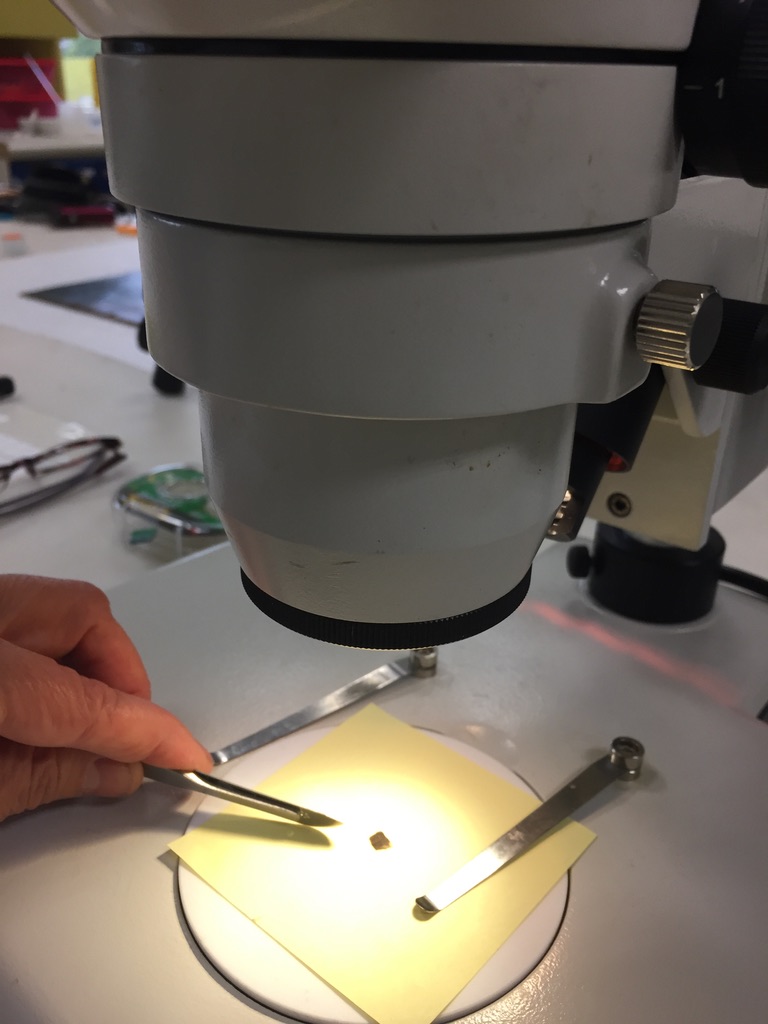
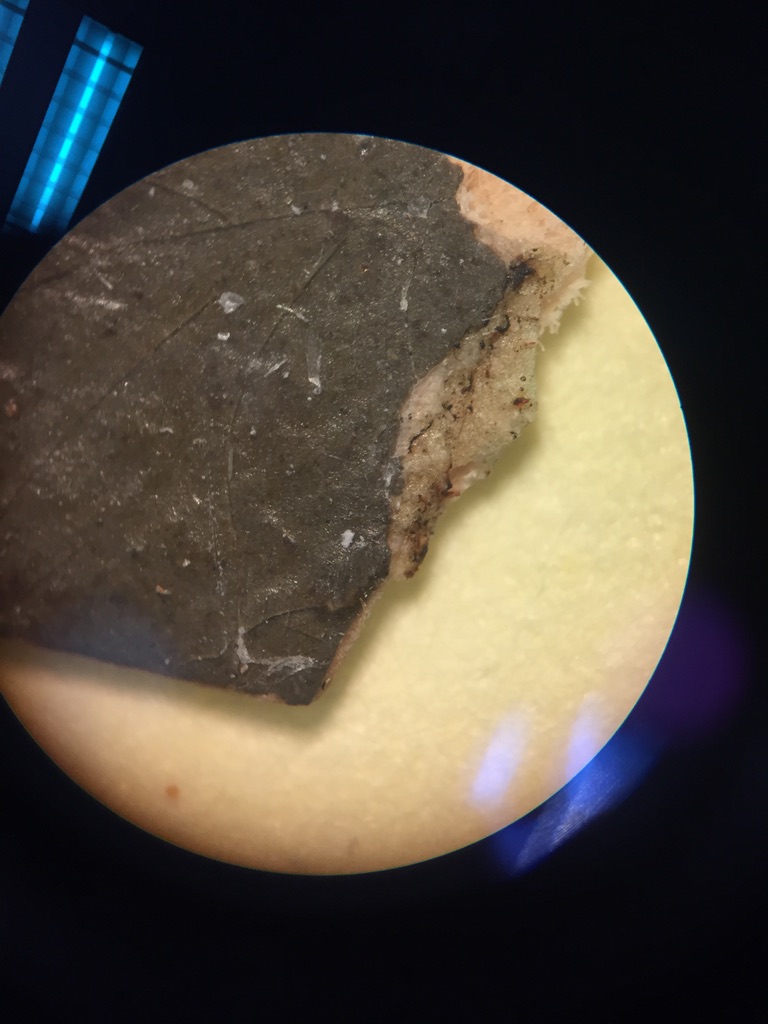
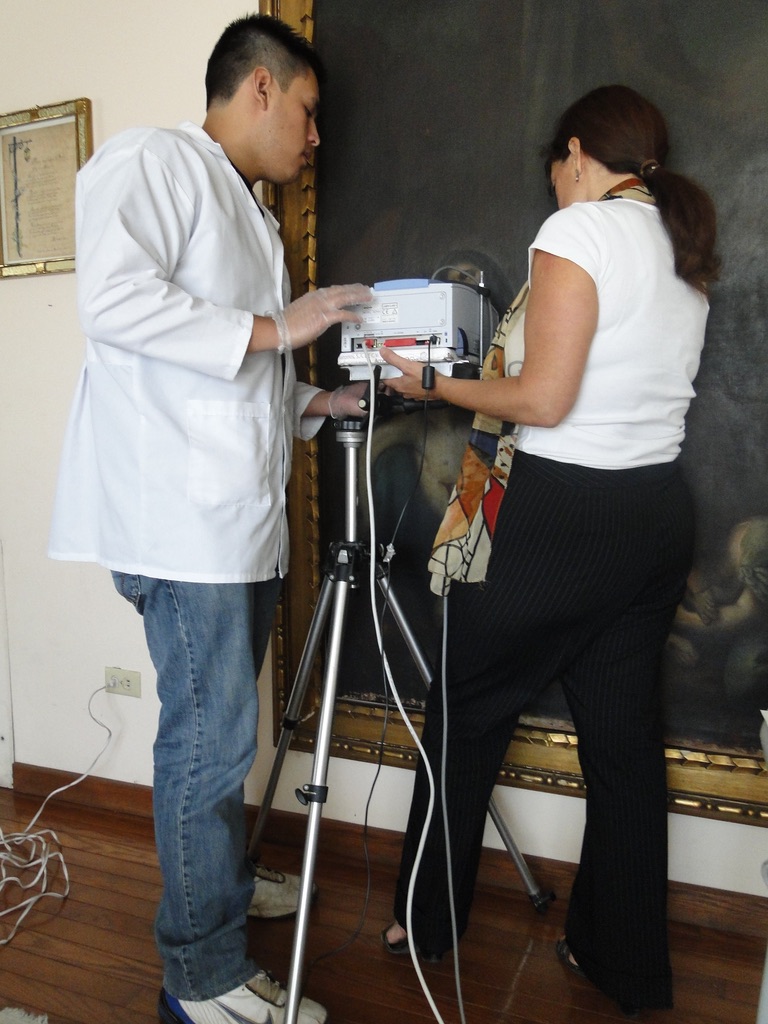
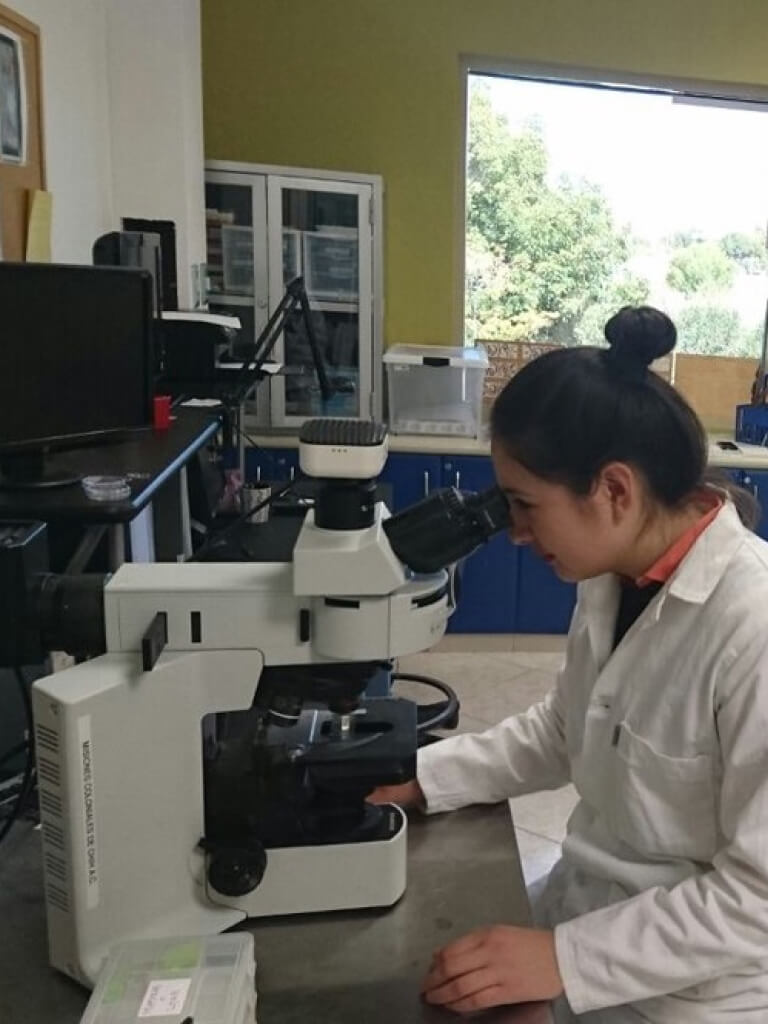


Technical Studies
The analysis of the materials and technical aspects of the manufacture of historical and artistic works not only allows us to establish the optimal conservation process but also provides valuable information about the historical, social, and cultural contexts in which the work was created. The techniques of analysis used range from UV-VIS-IR photography to chemical and physical analyses that enable the identification of pigments, dyes, wood, textiles, and painting techniques applied on paper, canvas, wall paintings, sculptures, wooden ceilings, and any artwork subject to study or conservation.
The analytical studies of the materials and manufacturing techniques of historical and artistic works are carried out in collaboration with the Laboratorio de Patrimonio Histórico (LPH) from the nonprofit organization Misiones Coloniales de Chihuahua, A.C. in México. In addition, 4Heritage Conservation collaborates with a network of institutions, academics, and specialists from Mexico, Spain, and Italy.
Conservation & Restoration
The restoration of works of art can proceed after conducting a conservation status diagnosis, ideally including the identification of materials and manufacturing techniques. However, in some cases, these extensive studies may not be entirely necessary.
The intervention criteria are always established following international guidelines set by the International Centre for the Study of the Preservation and Restoration of Cultural Property (ICCROM). The restoration process adheres to the principle of minimal intervention, with the goal of preserving the original work as a whole and avoiding significant alterations.
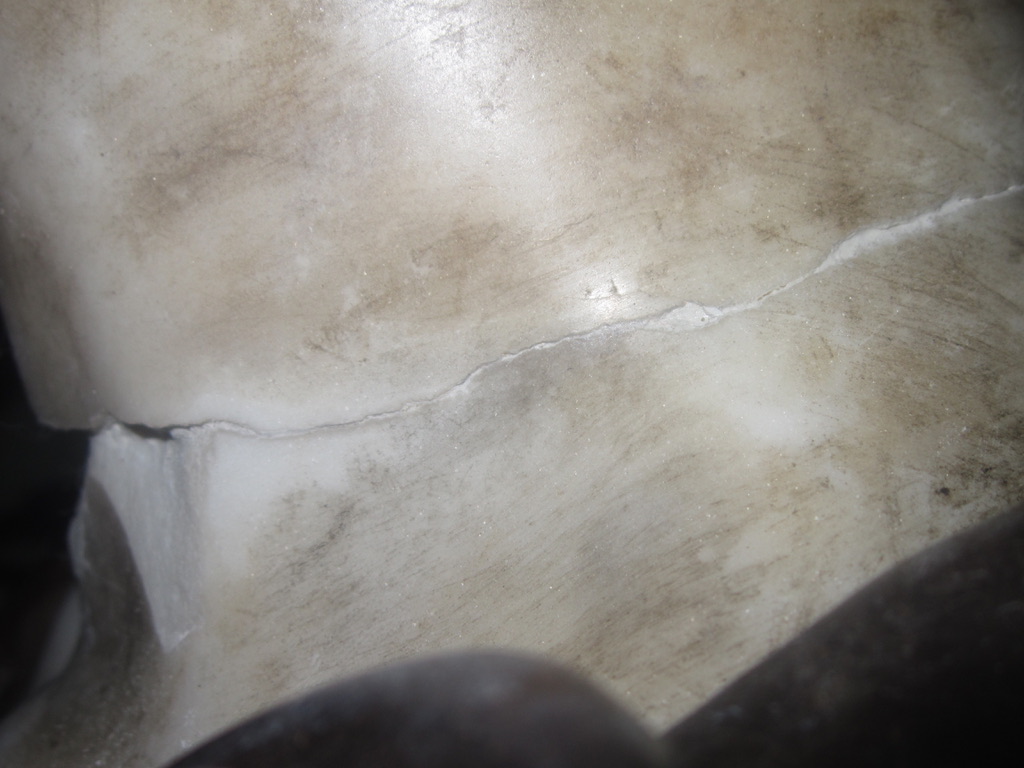
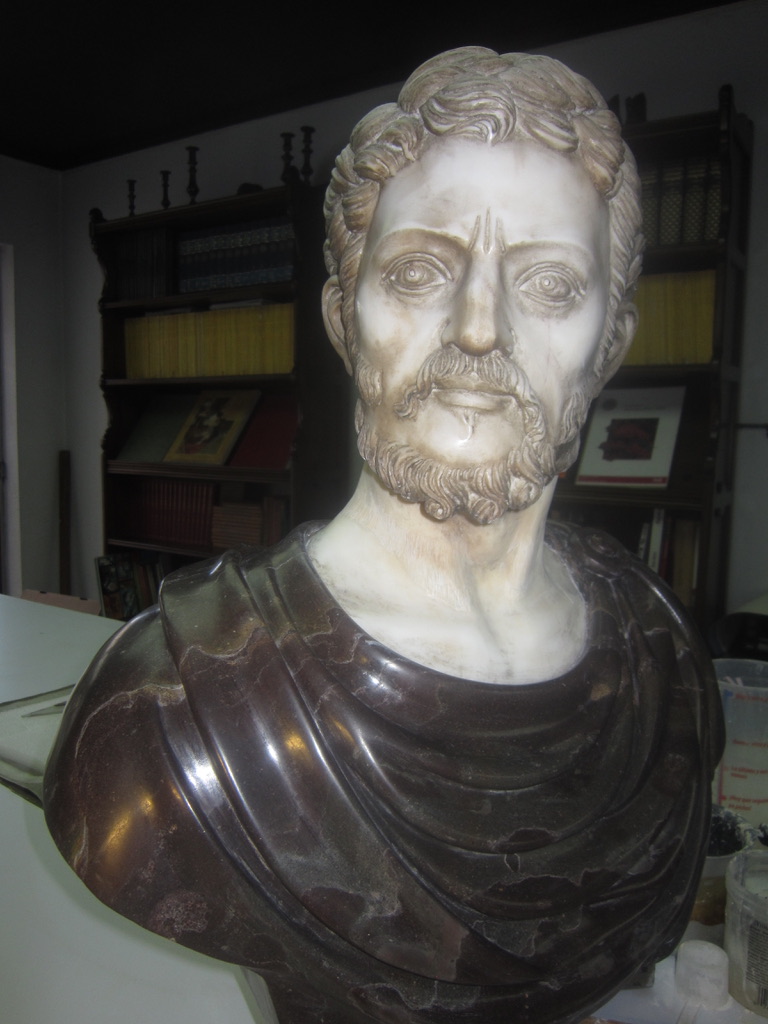
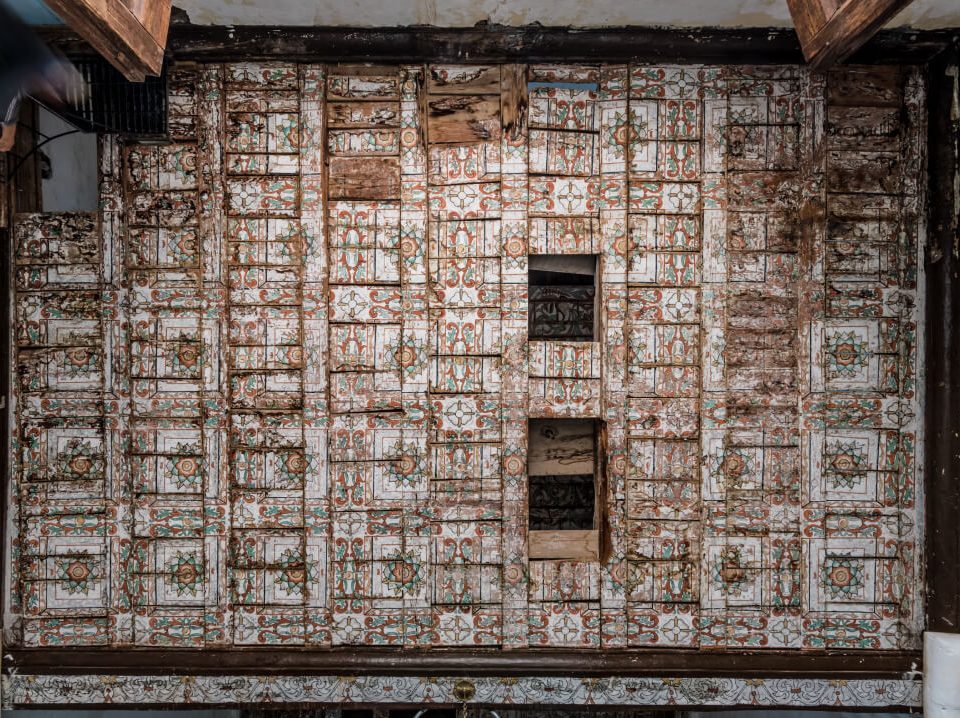
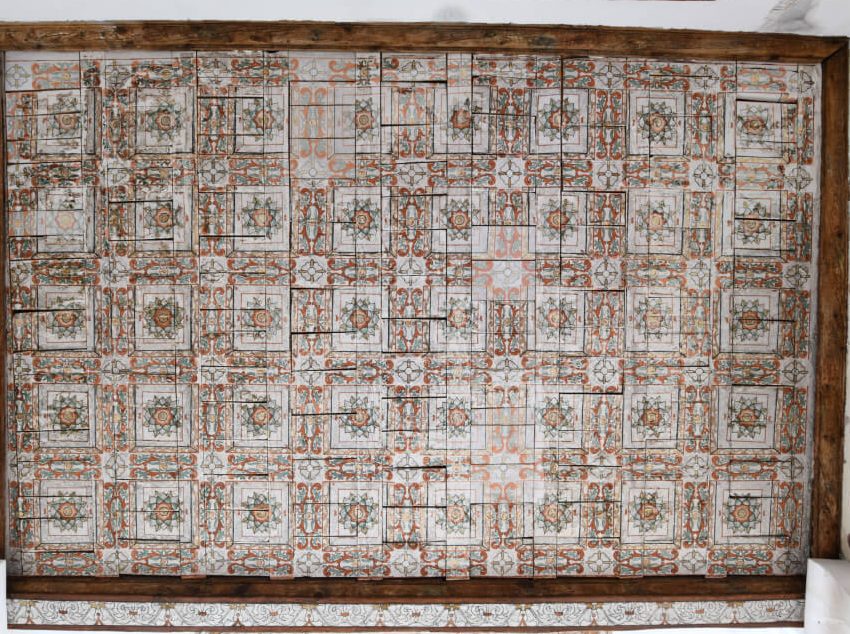
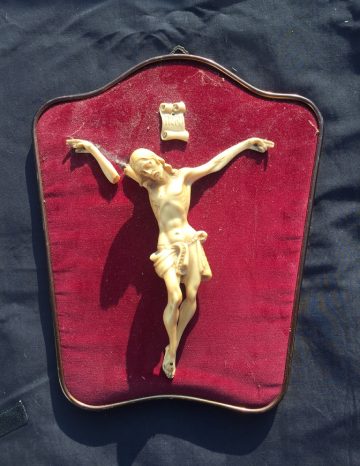
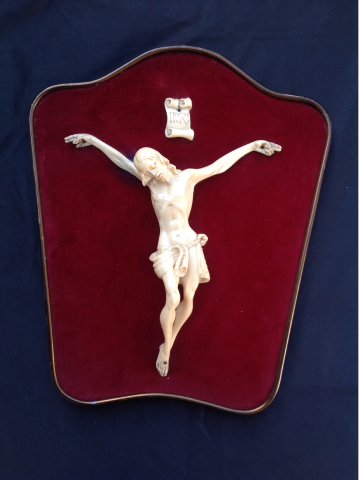
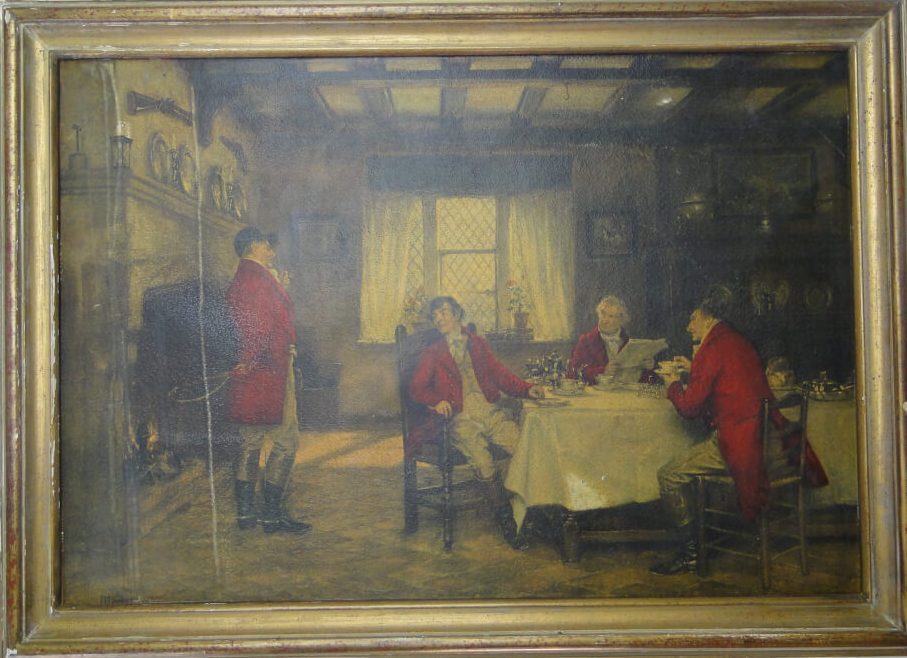
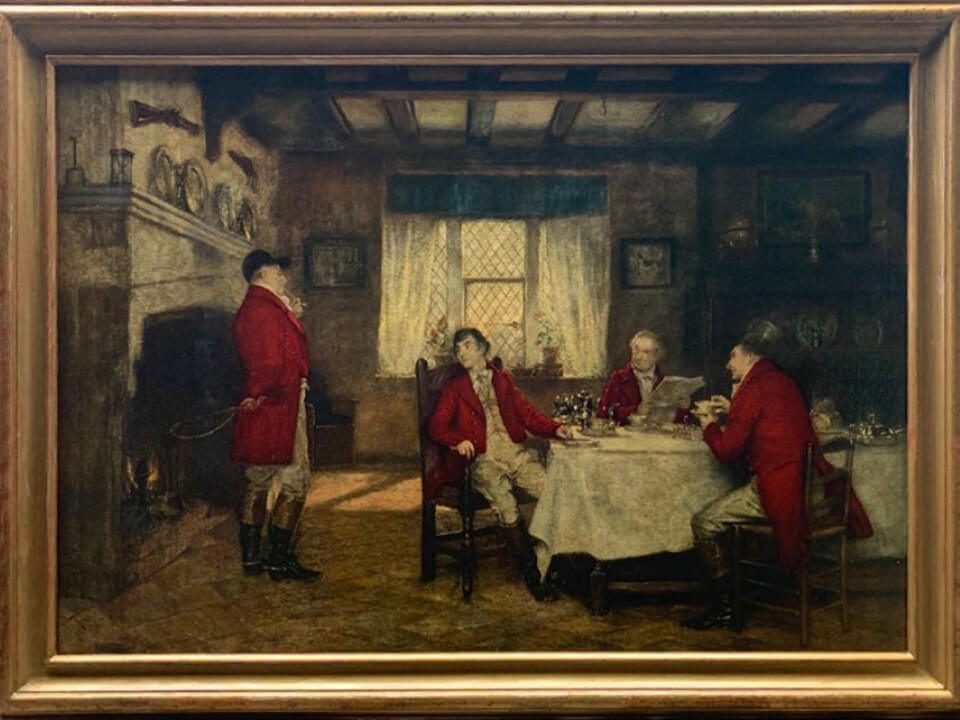









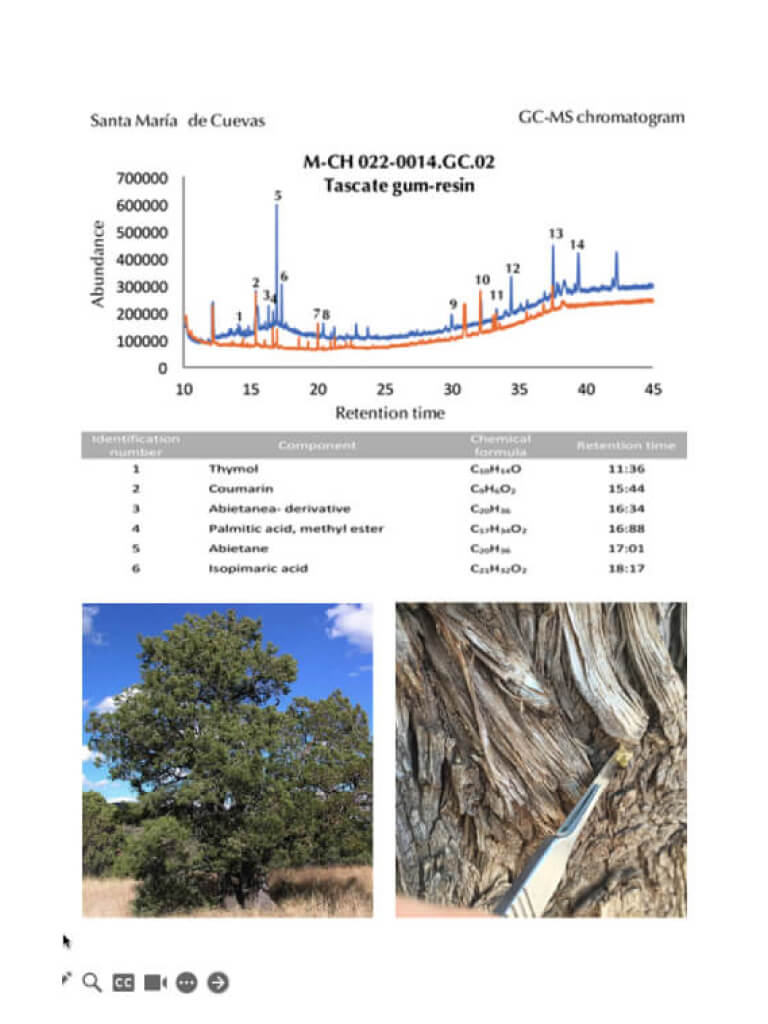
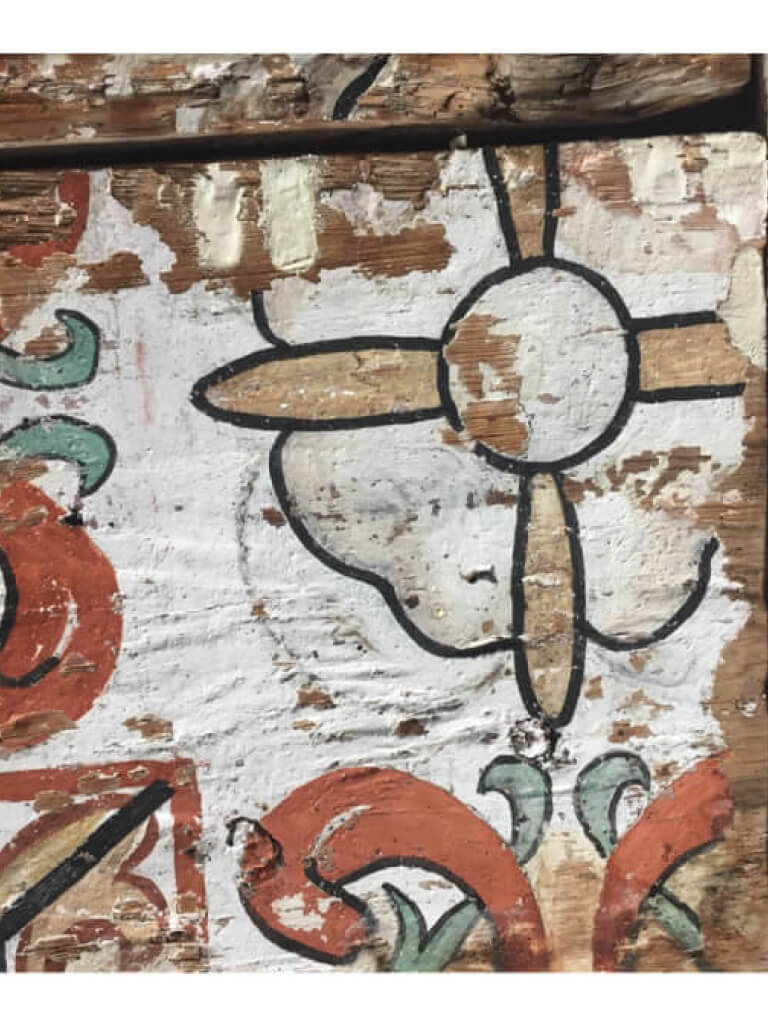
Graphic Design
for Conservators
As conservators and graphic designers, we understand the importance of disseminating the conservation and research work performed by scientist conservators and conservators-restorers. However, sometimes it is challenging to efficiently communicate the results obtained to academic and general public audiences. At 4Heritage Conservation, we have extensive experience in preparing infographic presentations that allow us to communicate project results in a clear and efficient manner. This ensures that audiences can not only understand how the work was done but also why it was done and the significance of the obtained results.
The preparation of PowerPoint presentations or any other presentation platform is done hands-on with the expert until they are comfortable with the result.
Furthermore, 4Heritage Conservation has significant experience in graphic design for posters, flyers, and layout documents and books.




